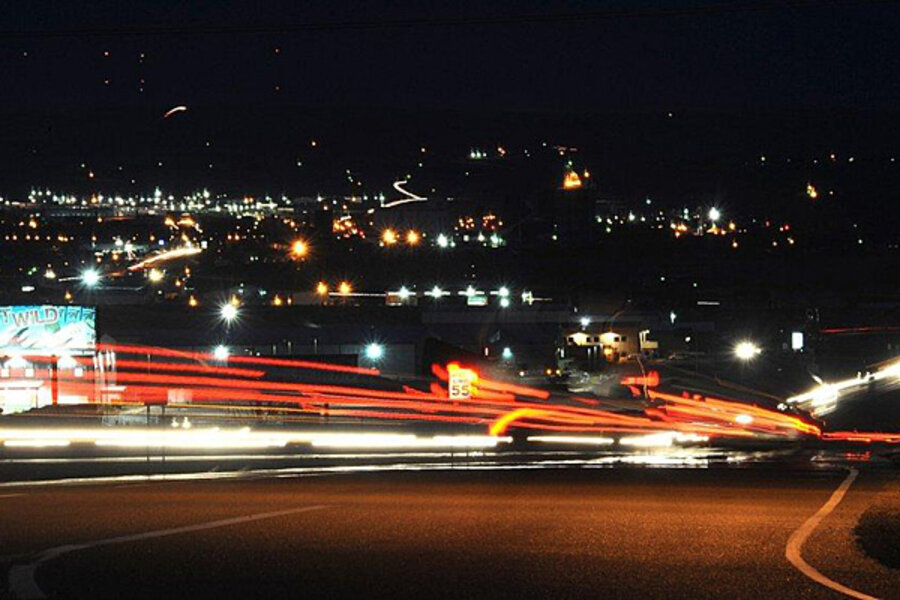In Great Plains, if you drill it they will come
Loading...
The Great Plains are back. Written off a decade ago as a population drain – with some counties losing so many people that they were back to frontier status – portions of the nation's midsection have made a stunning comeback.
A big reason: the energy boom.
"After a long period of out-migration, some parts of the Great Plains ─ from just south of the Canadian border all the way down to West Texas ─ are experiencing rapid population growth," said Thomas Mesenbourg, acting director of the Census Bureau, in a release announcing the new population figures Thursday. "There are probably many factors fueling this growth on the prairie, but no doubt the energy boom is playing a role."
For example: The nation's fastest-growing metropolitan area is Midland, Texas, in the West Texas oil fields. Its population grew 4.6 percent between July 1, 2011 and July 1, 2012, census figures show. Oil-dependent Odessa, Texas, ranks No. 5 among the nation's fastest-growing metros.
Among smaller cities with less than 50,000 residents, the effects of the energy boom are even more pronounced. The fastest-growing small city (or micropolitan area, as the Census Bureau calls it) is Williston, the center of the energy boom in North Dakota. It grew twice as fast as Midland, with 9.6 percent population growth in a single year. Dickinson, N.D., 130 miles to the south, is also benefitting from the oil boom and is the third fastest-growing micropolitan area, with 6.5 percent growth. Andrews, Texas, (near Midland and Odessa) is No. 4. Oil and gas center Vernal, Utah, is No. 5. No. 7 is Elk City, Okla., which benefits from oil and gas drilling in the Anadarko Basin.
Of course, the Great Plains are littered with onetime boom towns that withered once the boom fizzled. And there are concerns about the long-term environmental effects of hydraulic fracturing.
The hydraulic fracturing or "fracking" revolution that is boosting much of the growth in the Plains today has probably already seen its fastest expansion, according to estimates by IHS Global Insight, an economic forecasting firm based in Lexington, Mass. But the growth in jobs should continue strong through the rest of this decade, it says, and the industry will continue to expand in the following decade as well.








